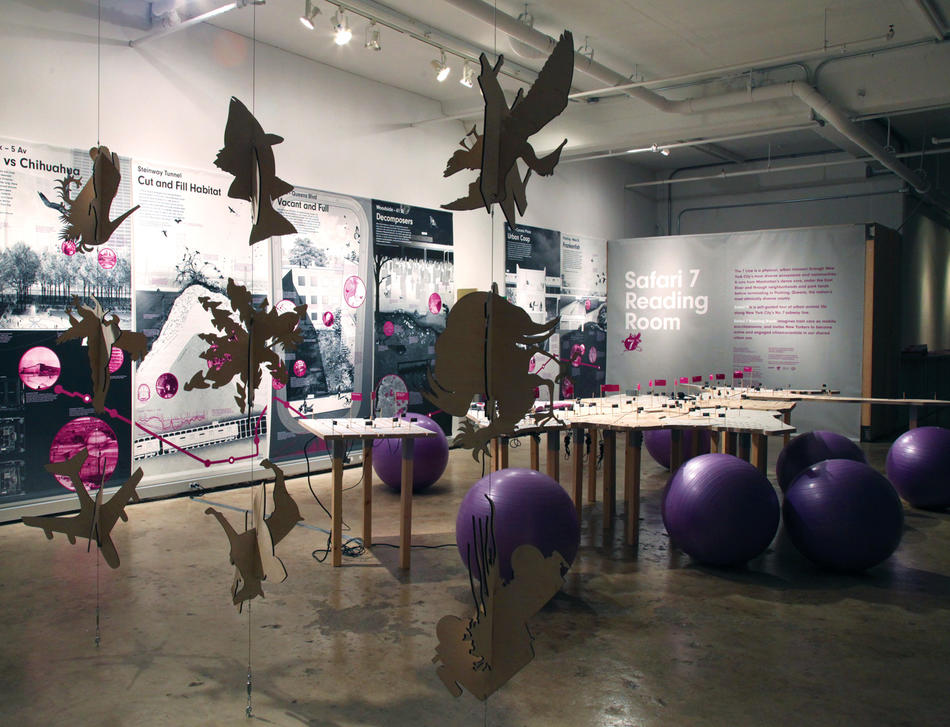The Graduate School of Architecture, Planning and Preservation (GSAPP) has formally announced plans to create a global network of studio spaces that will promote dialogue among architects and urban planners from around the world. The program, dubbed Studio-X, has already established outposts in Beijing and Amman. The school has plans to launch studios next in Rio de Janeiro, Moscow, Mumbai, and Accra.
The idea is to provide GSAPP faculty and students places to work in foreign cities while making it easy for locals involved in architecture, urban planning, historic preservation, and real-estate development projects to collaborate with experts from Columbia and elsewhere. The studios operate as intensive design workshops and also host lectures, exhibitions, concerts, and social events.
Mark Wigley, dean of GSAPP, opened a pilot Studio-X in downtown Manhattan in 2008 to demonstrate his vision for the program. Studio-X New York, which is located in a building that’s home to several architecture firms at 180 Varick Street, has become a vital hub where during the day GSAPP faculty and students work on experimental projects and at night everybody from radical artists to corporate CEOs gather to discuss the future of public space. The Studio-X network will reach its potential, Wigley says, when such exchanges take place across continents; he envisions that people at various Studio-X shops will hold regular videoconferences.
According to Wigley, Columbia architects and urban planners have lots to learn from counterparts in places like China, where half of the world’s new buildings are going up. “It’s impossible to participate in that kind of explosive growth while sitting in New York,” he says. “These cities are laboratories, and we have to be in these laboratories to learn from their experiments.”



